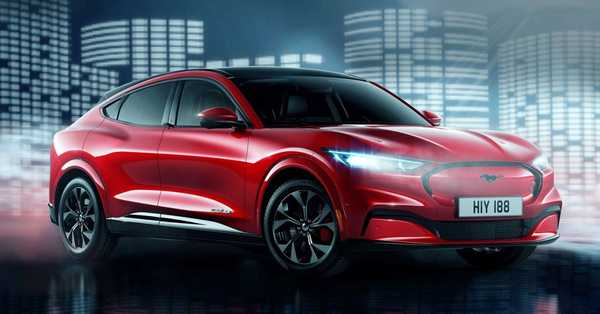A lot could have gone wrong when Ford decided to make a four-door electric crossover SUV and call it a Mustang, and even boldly put a pony badge on its nose.
Indeed, Ford's specialists and creators made a phenomenal showing of catching the Mustang's solid inclination quickening and great taking care of and bundling it into a vehicle that isn't a fuel controlled, back tire drive, two-entryway horse vehicle. It was a huge stretch, and they carted it away.
Despite the fact that the variant I was driving was a First Edition, not the elite Mach-E GT that won't be accessible until some other time, it was so much fun I needed to continue reminding myself to take it somewhat simple - police, you know - much the same as I do when I'm driving a V8-fueled Mustang GT roadster.
The Mach-E can go from zero-to-60 miles for every hour in around five seconds, as indicated by Ford, and that appears to be about right. There are snappier SUVs out there, yet that is bounty sufficiently brisk. Passing through a turning nation street, the Mach-E corners pleasantly. It's decent and doesn't shelter the side excessively. The fuel controlled Mustang car handles truly well, yet isn't actually a flexible games vehicle with super exact directing and the Mach-E shares that character. It's somewhat burly, perhaps, however it can move shockingly well. Perhaps taking it out on a circuit would uncover some taking care of defects, however particularly for a SUV, it felt astounding on open streets.
The controlling, which gets stiffer and more responsive as you experience the diverse driving modes - Whisper, Engaged and Unbridled - felt somewhat numb maybe, however again not all that unique in relation to the Mustang coupe's. The brakes felt better, despite the fact that I kept the Mach-E set to "One pedal driving" so I didn't need to utilize them much. In one pedal driving, lifting my foot off the quickening agent eased back the vehicle as though I were squeezing tenderly on the brakes. As I lifted, the electric engines spun, pushed by the wheels rather than the opposite way around, and the energy they produced that way was returned to the batteries.
